
A hill bagging scalp that stood for 22 years has finally been claimed. One of the biggest of all UK hill lists, the Marliyns run to a staggering 1556 summits, a varied bunch cropping up everywhere from suburban Sussex to the furthest fringes of the Outer Hebrides. Some barely look like hills at all, while others are challenging rock peaks. The one common denominator is that each has a relative prominence, or drop on all sides, of at least 150m.
The list originates in Alan Dawson's 1992 book The Relative Hills of Britain. Scores of keen baggers have been working through their Marilyns; so how come none finished before now? The answer is simple: St Kilda. Six remote island summits guarded by the north Atlantic weather, open ocean swells, guano-slick rock, some proper climbing, and conservation restrictions that render them out of bounds for the nicer half of every year, these were always going to be tough. On 13 October Rob Woodall and Eddie Dealtry became the first and second people, respectively, to complete the list, finishing, fittingly, with the two most beastly St Kilda monsters, Stac an Armin and Stac Lee. We caught up with 54-year-old urban drainage modeller Rob Woodall, now safely back home in darkest Peterborough.
Congratulations on being the first Marilyn completer! There are 1556 of them (according to the most recent surveys), and they are found all across England, Wales, Scotland and the Isle of Man. So what on earth possessed you to attempt this?
When a friend first told me about the list I dismissed it as being stupidly long. I'd done the Munros and in a few years I finished other lists I was working on (Corbetts, Nuttalls, Deweys, Wainwrights) and when I looked again at the Marilyns I'd done about 700. That got me into the Marilyn Hall of Fame, and as I'd already done all the biggest ones somehow I was drawn in.
The St Kilda "wall" - three of them hardish island summits, in particular the two big sea stacks, Stac an Armin and Stac Lee. These last two can only be climbed outside the gannet season, and it's hard to find suitable sea conditions between October and March.
Aside from the qualities of the hills themselves, what attracted you to this particular list?
There's a tight-knit community built up around the Marilyns, with regular meets, whether the annual dinner, group boat charters to get the unferried islands, or celebrating folks bagging their 600th Marilyn (an automatic Hall of Fame entry).
How long has the full round taken you?
Technically around 44 years. I'm unsure of my first Marilyn, but maybe it was Snowdon in 1970ish, some time before the list was even conceived. Almost all of them were between 1981 and 2003 (22 years), and once I actually started working on them, it was about four years to finish the non St Kilda Marilyns, six years to get the first four on St Kilda and and another five years to get the last two.
Stac Lee and Stac an Armin must be by far the hardest to bag, technically and also logistically: can you describe the experience of climbing such unusual summits?
It's like a bird "twitch" in that when a weather window appeared we had to act quickly, assembling a boatload of a dozen folk with the right skills, checking the boatman was available and OK with the forecast, ferry to Harris, fast boat at first light 2.5 hours to the stacs, back to Harris late evening. In the end, although we only had a single day window, the conditions were good - three foot swell, not too breezy, nice dry rock. Arriving at Stac an Armin we found a good landing, fixed up ropes to protect the trickier passages and got up pretty quickly. Realising we were in with a chance of Stac Lee too, we got the boatman (Seumas of Sea Harris) to take us across to have a look. The wind direction wasn't ideal and the sea rather choppy but we got landed. The zig-zag ledges took a while, but the weather was gorgeous, and the feeling of exposure was very impressive. Higher up the ledges were covered in smelly gannet guano, but once on the summit slope, the view of Armin and Borerary was fantastic and the last few minutes of the ascent were very special. Eleven of us summitted Stac an Armin; six of us got up Stac Lee - a great result, better than we'd dared hope.
What’s the technical grade for the two stacks?
I've never seen a formal grade but neither is very hard. Armin was about Easy/Moderate where we landed, then two hardish scrambles on the way up. Lee has a pitch at maybe Mild Severe plus an initial slab at about Mod/Diff. With both it's all about access and landing.
The weather and the sea can’t have made things easy: How many visits did you have to make to St Kilda before you were successful?
Six! We were feeling our way - there was no tradition of St Kilda Marilyn bagging, just tourist trips to the main island Hirta. We also had to work things out with owners the National Trust for Scotland and the boatmen (Sea Harris, Seatrek and Kilda Cruises), so I ended up going four times for the first four - though it tends to be much easier nowadays. The first specific stacks attempt was November 2013, in poor conditions, but a useful recce. But October this year, the sixth visit, was our first serious attempt on the stacks. Perhaps in the end we got lucky.
St Kilda aside, which are some of the other notably difficult Marilyns?
Skye's Inaccessible Pinnacle is a Marilyn as are several other Black Cuillin Munros Remote Marilyns include four of the Fisherfield Munros and the eight Pairc peninsula Marilyns on southeast Lewis (Caiteshal needs a boat or a long day). The Shiants (islands between Skye and Harris) need fairly calm seas and landowner permission. Some English and Welsh mainland Marilyns have particular access issues too.
At the other end of the wildness/difficulty spectrum are hills in places like the South Downs and the Cotswolds. This huge geographical spread and sheer diversity seems to set the Marilyns apart from better known hill lists: was this part of the fun, for you?
Absolutely. There are some wonderful smaller hills (such as Southern Snowdonia's Foel Offrwm with a Mawddach Estuary view to die for), and some quite silly ones - especially Crowborough, a town in East Sussex with one house slightly higher than the rest.
Being based in Peterborough can’t be ideal for a committed hill person. How much time do you spend driving?
That's not something I keep a record of! But being on the A1 I can get a long way into Scotland after work on a Friday evening; Wales and even Southwest England are quite doable.
Have you ever been tempted to move elsewhere?
Not really (proximity to the London airports had its advantages), although maybe when I retire...
You have various other climbing/walking/hill running achievements to your credit. Tell us more!
I got into fellrunning in the mid 1990s and have completed the "big three" sub-24-hour rounds - Bob Graham Round, Paddy Buckley Round and Ramsay Round. I've done the less well known Rigby Round too, which takes in the main 17 Cairngorm Munros and involves 75 miles on foot with 19,000 feet of ascent. I also devised and completed the Cuillin Round, which takes in all the Main Ridge Munros and Tops plus the Red Cuillin, Blaven and others - 59 summits in the space of 34 miles with over 23,000 of ascent. The excellent http://www.gofar.org.uk website details these challenges.
I gather you are also into a list of worldwide peaks with a 1500m prominence: like Marilyns I guess, only ten times more so. Can you tell me a little about that?
These are the Ultras. Just as the Marilyns are all over Britain, so the Ultras, defined not by height but by "prominence", a 1500m drop on all sides, are all over the world. They include well known summits such as Everest, Kilimanjaro and Mont Blanc, volcanoes such as Etna (Italy) and Fuji (Japan), less well known national highpoints such as Damavand (Iran) and Stanley (Uganda) and many quite obscure summits, which range from very easy to practically impossible - such as the handful of Afghanistan ultras. I currently have 201 ultras; the full list totals a little over 1520. They are detailed at http://www.peaklist.org/ultras.html
Now you seem to have climbed practically every prominent bump in Britain, where next for your walking?
In the UK my main projects are OS trig pillars (over 6100 of them!), the HuMPs (Hundred Metre Prominence summits, numbering nearly 3000) and SIMS (600m height, 30 metre prominence); also Haswell-Smith's charming list of Scottish Islands. The ultras are my main overseas focus. So I've no shortage of places to go!
- INTERVIEW: Exmoor Coast Traverse - England's Best Kept Mountaineering Secret 10 Apr
- REVIEW: Rab Muon 50L Pack 9 Apr
- REVIEW: Boreal Saurus 2.0 22 Mar
- REVIEW: The Cairngorms & North-East Scotland 1 Mar
- REVIEW: Mountain Equipment Switch Pro Hooded Jacket and Switch Trousers 19 Feb
- Classic Winter - East Ridge of Beinn a' Chaorainn 12 Feb
- REVIEW: Salewa Ortles Ascent Mid GTX Boots 18 Jan
- REVIEW: Patagonia Super Free Alpine Jacket 7 Jan
- REVIEW: Deuter Fox - A Proper Trekking Pack For Kids 27 Dec, 2023
- My Favourite Map: Lochs, Rocks, and a Bad Bog 27 Nov, 2023



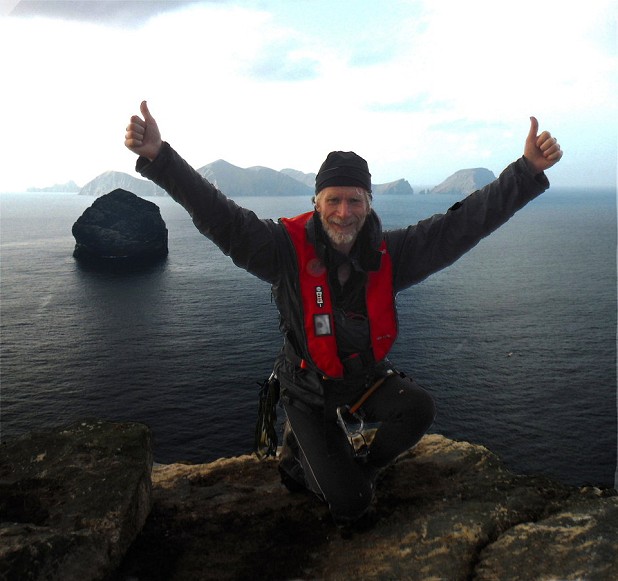
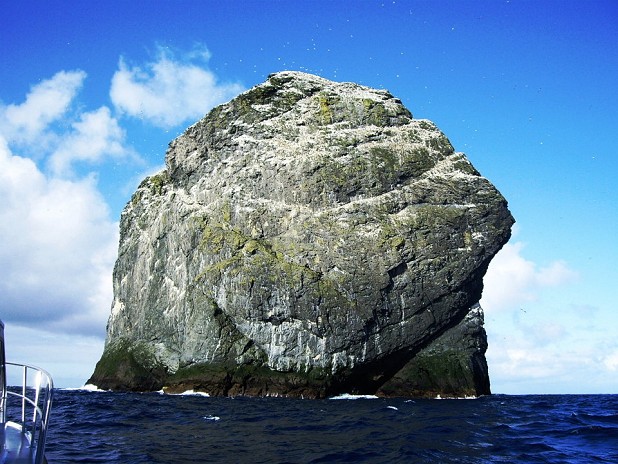
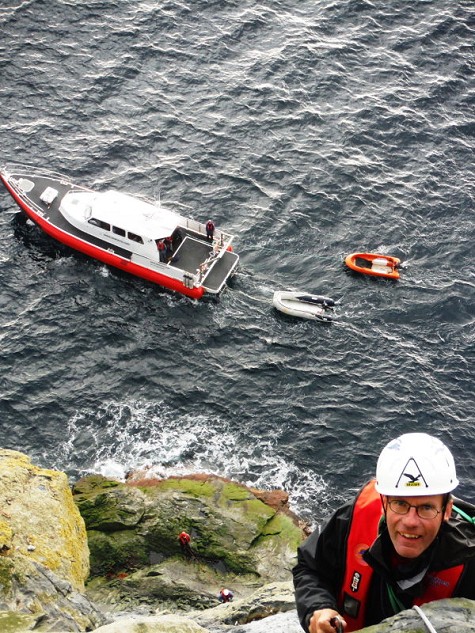
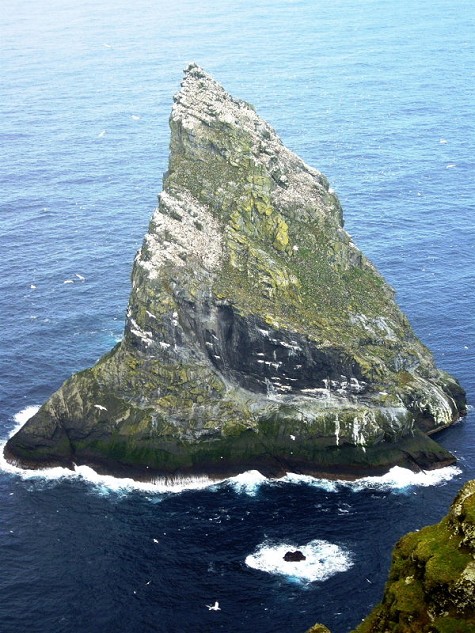
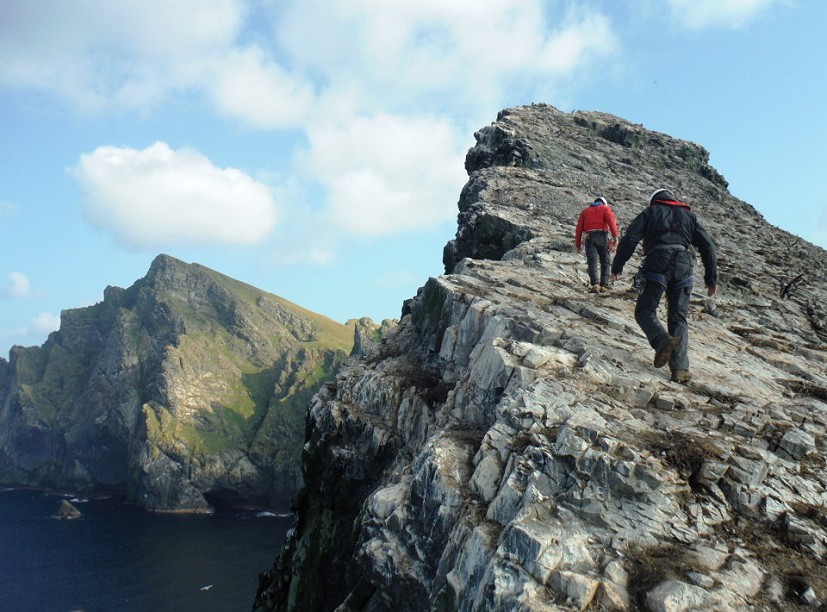

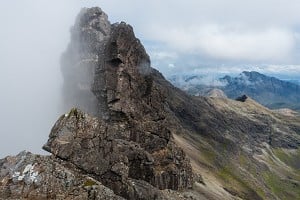
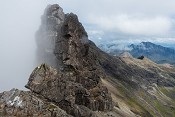
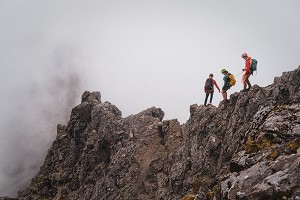
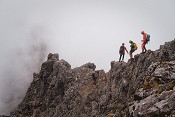


Comments